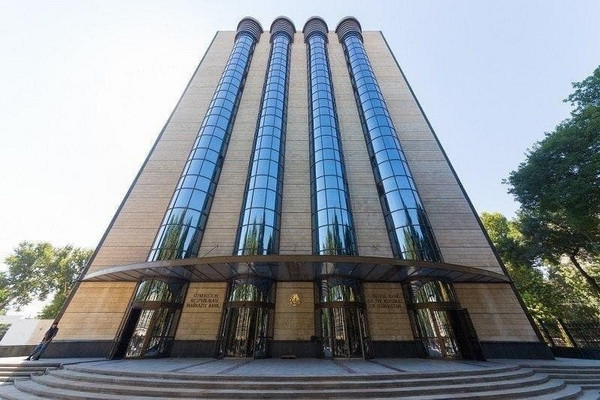
CBU: real GDP growth is projected to be in the range of 5.5–6.5 percent in 2026
CBU: real GDP growth is projected to be in the range of 5.5–6.5 percent in 2026
Tashkent, Uzbekistan (UzDaily.com) — At the meeting on 24 October 2025, the Board of the Central Bank conceptually approved the “Monetary Policy Guidelines for the period of 2026 and 2027-2028”
Monetary Policy Guidelines represent the vision of the Central Bank of Uzbekistan on the current state of the economy and the expected medium-term macroeconomic development, thereby defining monetary policy measures aimed at ensuring the price stability objectives during this period.
The Central Bank of the Republic of Uzbekistan implements monetary policy based on the goal of ensuring price stability and reducing inflation to the 5 percent target level in the medium term.
In developing the conceptual draft of the main directions of monetary policy for 2026 and the period of 2027–2028, the Central Bank relied on expectations regarding the medium-term outlook for external and internal conditions, the baseline scenario of macroeconomic development based on these expectations, the analysis of alternative risks, and the corresponding monetary policy measures and their further improvement.
In developing the medium-term forecasts and, consequently, setting the guidelines of the monetary policy, the baseline scenario was developed.
In defining external conditions, it was assumed that against the backdrop of persisting uncertainties in the global economy, global growth rates would remain relatively low, achieving inflation targets would take a longer period, sharp fluctuations in foreign exchange markets would not occur, and gold prices would stay at relatively high levels.
In defining internal conditions, it was assumed that aggregate demand would gradually stabilize, lending processes would moderate, remittance inflows would return to their medium-term trajectory, investment inflows would remain stable, and the fiscal deficit would not exceed 3 percent of GDP in the medium term.
According to the baseline scenario, real GDP growth is projected to be in the range of 5.5–6.5 percent in 2026, and 6–7 percent in 2027–2028.
Under both the baseline macroeconomic development scenario and other shock conditions, monetary policy will remain focused on reducing inflation to the 5 percent target level. In this process, adjustments to the degree and duration of monetary policy tightness will be made depending on the scale and persistence of the shocks.
According to the forecasts, headline inflation is expected to decrease to 7 percent by the end of 2026. As a result of diminishing external inflationary pressure and stable inflation expectations, inflation is expected to fall to the 5 percent target level in 2027 and remain around this level starting from 2028.
These forecasts take into account the continuation of privatization processes, stable growth in private and foreign investments, the moderation of lending to the economy, as well as the absence of risks associated with climate change.
In developing macroeconomic scenarios related to the emergence of unexpected domestic and external risks, a different approach was followed. In previous years, several risks were analyzed under one alternative scenario, but the likelihood of these risks materializing simultaneously was low. In the new approach, each risk was considered separately.
In particular, external and domestic risks (shocks) that may arise in the coming years were analyzed independently, and the deviation of economic indicators from the baseline forecasts was assessed.
The necessary corresponding changes to monetary policy, should these conditions materialize, were analyzed. The focus here was on achieving the inflation target in the medium term.
Furthermore, the document also presents plans to further increase the effectiveness of monetary policy in the coming years.
This includes measures to improve the monetary policy operational mechanism for better transmission of monetary policy decisions, strengthening macroeconomic forecasting and analytical capacity by
re-evaluating the parameters of existing model systems and enriching them with new models, as well as measures planned to enhance communication.